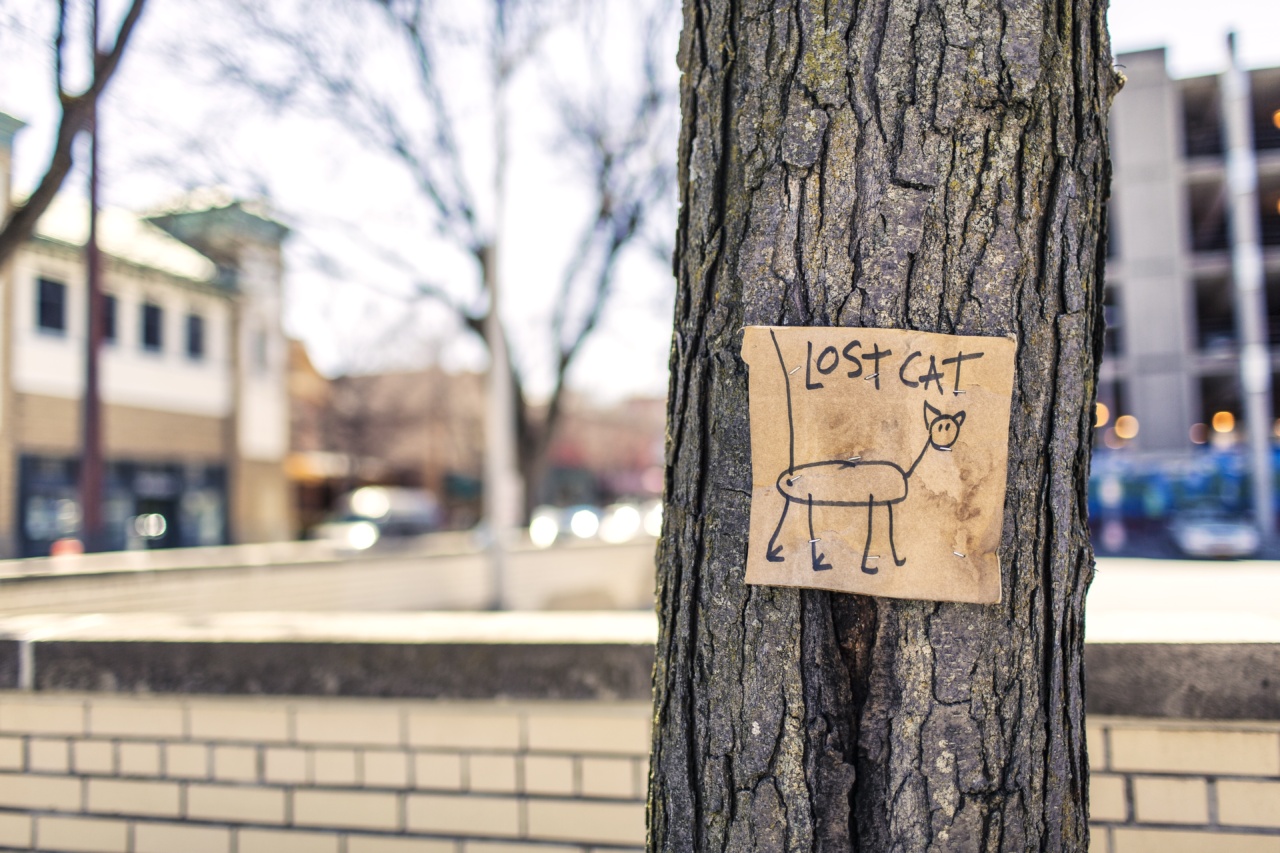Gout is a form of arthritis that is caused by an excess accumulation of uric acid in the blood, leading to the formation of crystals in the joints and other tissues.
It is a painful condition that can affect anyone, but is most commonly seen in middle-aged men. The classic symptoms of gout are well-known: sudden and intense pain in the affected joint, swelling, redness, and warmth. However, gout can also present with subtle signs that are often overlooked or dismissed as something else.
Here are ten subtle signs of gout that you might be missing:.
1. Fatigue
Gout can cause fatigue and a general feeling of being unwell, which can be easily mistaken for other conditions such as the flu. This is often due to the inflammation and pain associated with the condition.
2. Trouble Sleeping
Gout can disrupt your sleep due to pain and discomfort, making it difficult to relax and fall asleep. This can lead to a range of sleep disturbances and eventually lead to insomnia.
3. Dull Aches and Pains
Gout can cause a range of dull aches and pains in the joints that may be easily dismissed as minor irritations or normal joint pain. However, these aches and pains could be early signs of gout.
4. Stiffness
Gout can cause stiffness in the joints, particularly in the morning or after prolonged periods of rest. This stiffness can gradually worsen over time and may be a sign of gout in the early stages.
5. Sensitivity to Touch
Gout can cause the affected joint to be extremely sensitive to touch. This can be a good indicator of gout, especially if it is accompanied by other symptoms like swelling, redness, and warmth.
6. Numbness or Tingling
Gout can cause numbness or tingling in the affected joint or surrounding area. This can be a sign of nerve compression or damage caused by inflammation and crystal deposits.
7. Dry, Itchy Skin
Gout can cause dry, itchy skin in the affected area. This is often a result of inflammation and the accumulation of uric acid crystals, which can cause skin irritation and sensitivity.
8. Changes in Skin Color
Gout can cause changes in skin color around the affected joint, often resulting in a reddish or purplish hue. This can be a sign of inflammation and is often accompanied by other symptoms like pain and swelling.
9. Fever
Gout can cause a low-grade fever, especially during a flare-up. This is often a sign of inflammation and the body’s immune response to the presence of the uric acid crystals.
10. High Blood Pressure
While not a direct symptom of gout, high blood pressure is often associated with the condition. This is due to the buildup of uric acid crystals in the blood, which can lead to hypertension over time.
In conclusion, gout is a painful condition that can be easily diagnosed if the classic symptoms are present. However, individuals should also be aware of the subtle signs of gout that are often overlooked or dismissed as something else.
If you suspect you may have gout, it is important to seek medical attention and get a proper diagnosis to ensure effective treatment and prevent further complications.




























